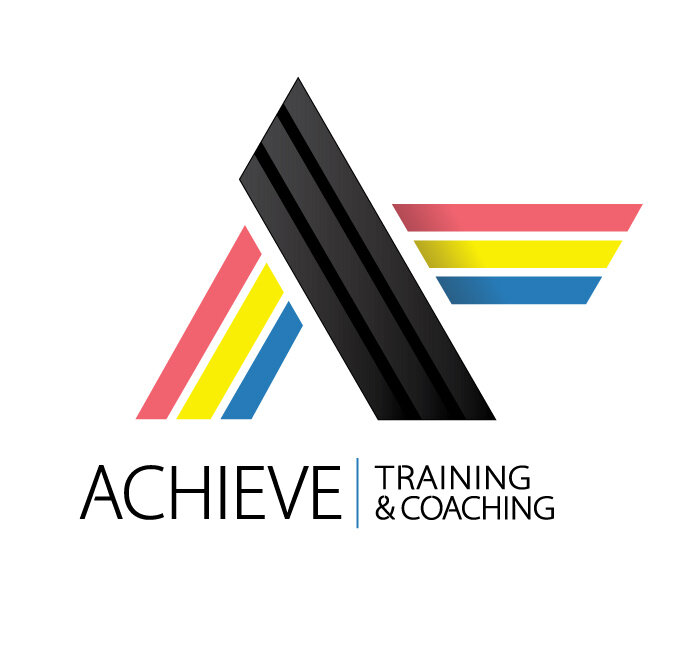3 Pro Tips from Top Cycling Coaches
Whether you're a novice cyclist looking to hit the roads with confidence or an experienced rider aiming to shatter personal records and win races, improving your speed on the bike is a common goal that requires both strategic training and keen insights.
To help you accelerate your progress, we've gathered expert tips from top cycling coaches who have helped athletes achieve remarkable gains in speed and efficiency.
These tips are designed to propel you forward, transforming your pedaling power into impressive speed on the road or trail.
Tip #1: Optimize the amount and Frequency of Targeted Stimulus to Specific Systems
Tip from Achieve Coach Adrian
“At the physiological level, getting faster on the bike is about optimizing the amount and frequency of targeted stimulus to specific systems. When we go and smash with the local group, we might activate various systems, but we are not spending the focused calculated time in them to optimize "R.O.I." on using that system that day.
With precise blood lactate measurement, Norwegian triathletes could spend "that little bit of extra time" in their exact anaerobic threshold zone, as defined by lactate concentration. When you can dose yourself with that ideal amount at the most beneficial intensity, you will see a more dramatic change. This was how some of these athletes got "an edge." The precision of the stimulus allowed a large dose of training in this zone.
The result? A more significant adaptive response than with a less precise target and no overtraining/accidental impacts from overdoing it in a "too hard" zone. All this said, for most competition riders, physical training changes may not be "the sole path" to increased race performance. Pack skills, drafting, and tactical aptitude are often as crucial to being "fast" in competition as fitness gains.”
Tip #2: Use Instincts to Push to the Next Level and Work on Your Position
Tip from Achieve Coach Cam
“If you’re looking to take the next step with your fitness and find the speed you’re looking for when you’re ready, join a group ride! Putting yourself in a position to ride in a group and with other riders who might be stronger than you help to unlock the long hours of training and disciplined workouts you have been focused on.
Do your best not to look at your power numbers - instead, ride on instinct and wherever you need to be to keep yourself in the group or off the front! I find group rides or racing one way to not only gauge current fitness but also a time to recognize the reason why you spend time training… going fast is fun!
Another tip would be to focus on your equipment and positioning. Feel your kit flapping around in the wind? It's time to find something that fits better. Still wearing an older, non-aero helmet? It's time to see why those helps can give you a boost in speed. Get yourself comfortable in positions on the bike that help to lower your shoulders and head - don’t force them - just find the positions that feel comfortable for you and that relax your shoulders, and your head will follow. All simple things you can focus on that will find you some free aero gains.”
Tip #3: Establish a Regular Riding Schedule that Strategically Incorporates a Variety of Training
Tip from Achieve Coach Dana
”To optimize cycling performance, it's essential to establish a regular riding schedule that strategically incorporates a variety of training sessions. Your weekly plan should include long endurance rides, high-intensity interval training (HIIT), and scheduled recovery periods. This mix ensures that you build strength, speed, and endurance while also allowing your body adequate time to recuperate and adapt.
Prioritizing long rides at moderate intensity is particularly crucial as these help in building a strong aerobic base. Such rides enhance your body’s ability to utilize oxygen efficiently, which is fundamental to improving overall endurance and directly contributes to increased cycling speed. Consistency in this training approach is key, as gradual and sustained effort leads to significant improvements over time.
Don’t forget to make time for recovery rides. Low-intensity rides, often referred to as recovery rides, are critical. They help your muscles to recover from high-intensity work while still contributing to your overall mileage and conditioning. These should be done at a low enough intensity to facilitate blood flow and aid muscle recovery without imposing additional stress.”
If you’re interested in learning more about our coaching services, check out this page.


